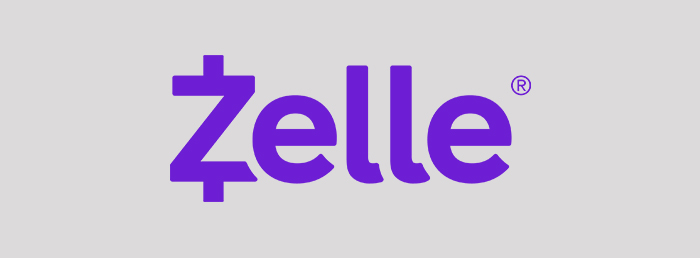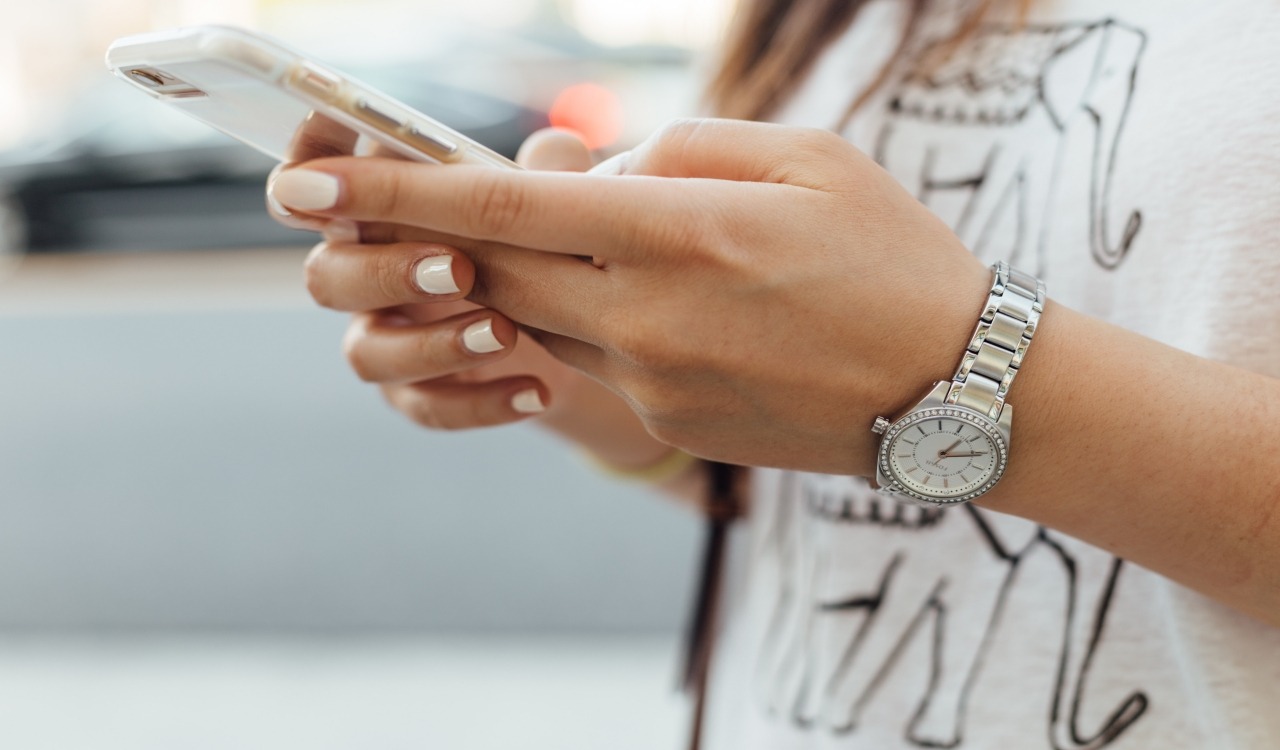Last year Zelle Network processed $187 billion in payments

How to make and accept payments with Zelle app. Source: shutterstock.com
Today, when the United States has been badly hit by the pandemic, the ability to send money to each other in a quick contactless way is essential. Whether you wish to help out a friend/relative who is one of those 10,700,000 people who lost their jobs or applied for unemployment insurance in March or you need to pay your neighbor who goes shopping for you while you’re on self-isolation, the Zelle payment app can help you with that.
What is Zelle Pay

Zelle Pay is a digital P2P payment service provided by the Early Warning Services, a private company owned by the major American banks.
For almost three decades, this bank-owned company has provided a full suite of financial solutions that allow one to open new accounts, authenticate mobile logins, reduce fraud risk, and make faster payments.
Zelle is a part of this financial system. Zelle Network has become the first real-time payments service backed by most trusted bank institutions and credit unions in the country.
In addition to working directly with financial institutions, Early Warning has established strategic partnerships with some of the leading payment processors –– CO-OP Financial Services, FIS, Fiserv, Jack Henry and Associates, and others. Its wide infrastructure makes Zelle available to over 100 million US citizens.
Users can enroll either directly from the mobile app of their banking provider or by installing a separate app. Chase, Wells Fargo, Bank of America, and others offer their customers Zelle payment options within their in-house mobile solution.
How does Zelle work
Users of the partner banks should simply look for the “Zelle” function in their banking apps. The list of financial partners can be found here. Others need to download a separate app to access this P2P payment service.
All those enrolled can send money to people they trust using their email address or cell phone number. It’s not difficult at all – you need to select a contact, enter a payment amount and hit “send”.
Both sides of the transfer must have a bank account in the US to use Zelle. The banks may be different, but at least one of them should be on the Zelle Network.
Users can only connect one bank account to their Zelle profile at a time. In order to enroll with a different bank or credit union, or in the Zelle app, your contact information must be removed from where it was initially enrolled. To do so, contact the customer support team of where you initially enrolled and ask to remove your mobile number or email address. If you aren’t sure where you initially enrolled, contact Zelle customer support at 844-428-8542 or get in touch through the support page.
If your bank or credit union does not yet offer Zelle, your weekly send limit is $500. If your bank or credit union offers Zelle, please contact them directly to learn more about their sending limits.
When you send money to the enrolled email address or mobile number, Zelle doesn’t actually transfer the money – it looks up the email address or mobile number in its “Zelle Network directory” and notifies the recipient’s financial institution of the incoming payment. The beneficiary bank or credit union then directs the payment into the relevant bank account, all while keeping your sensitive account details private.
How to accept money on Zelle
If the person isn’t enrolled, they’ll get a notification with instructions on how to accept their money transfer.
If you happen to enroll on Zelle, you don’t have to make any additional steps. The banks automatically do all the work and your money gets into your account in a few minutes.
If you have not yet enrolled your Zelle profile, but your bank is among the partnering institutions, follow the instructions sent to you. A notification can be sent via email or text message either by Zelle or by your bank/credit union.
- Click on the link provided in the payment notification.
- Select your bank or credit union.
- Follow the instructions provided on the page to enroll and receive your payment.
If you’re not a Zelle user and your financial institution doesn’t support it, there’s also a way to get Zelle payments. Download the Zelle app from the App Store or Google Play and enroll an eligible Visa or Mastercard debit card. Your transfer will end up there.
Some banks allow customers to enroll in the Zelle app using their online or mobile banking username and password. In that case, you won’t need the debit card credentials.
The app itself is simple and intuitive. Even the least tech-savvy people will find their way around it.
If someone has sent a money transfer, but you haven’t received it, ask the sender to check the payment status within their payment activity in their bank’s online or mobile service, or within the Zelle app. If the payment status is pending, you may not have properly enrolled your mobile number or email address to receive the payment.
If the payment status is completed, then the money is already available in the recipient’s enrolled bank account or will be within 3 business days if it is a newly enrolled profile. If you aren’t sure of the status of your payment, contact Zelle customer support. If you have bank accounts in different institutions supporting Zelle, make sure you are checking the one you’ve previously enrolled with Zelle.
Availability
The main condition for becoming the Zelle user is having a US bank account.
You need to be 18 or older and a legal US resident to open a checking account with a US Bank. You’ll also need a Social Security Number and a driver’s license or state/military ID.
Not all banks will open a bank account for a foreigner with no status in the US, but it is generally possible. According to the Civil Rights Act of 1964, banks and private institutions can legally contract with foreigners but unfortunately, many banks consider it an unsafe option and avoid it altogether. Some banks rule that you must have a US-based address, others rule you must have an SSN (or an ITIN for a foreigner).
The USA Patriot Act 2001 has made it difficult for foreigners to open accounts or engage in monetary transactions in the US Non-residents require more identification than legal permanent residents and citizens. Hence, the registration and verification processes take longer and usually require a physical presence instead of the online procedure.
Zelle is one of the fastest-growing consumer financial brands in the US. Since June 2017, a diverse set of financial institutions have been actively joining the Zelle Network, including national banks, credit unions, regional and community banks. 57% of participants list assets less than or equal to $10 billion while 34% of participants list assets less than or equal to $1 billion.

The main condition for becoming the Zelle user is having a US bank account. Source: unsplash.com
Currently, 837 financial institutions are contracted to participate in the Zelle Network with more than half online today and processing transactions, representing over 70% of all US checking accounts. In Q4 2019 alone, more than 100 additional financial institutions, both national and regional, joined the Zelle Network.
Approximately, one in two US adults with a bank account gained access to Zelle in their mobile banking app. In total, nearly 7,000 financial institutions are represented in the Zelle Network via their customers using either the Zelle app or their mobile banking app.
For the 2019 calendar year, the Zelle Network processed $187 billion in payments, having conducted 743 million transactions. Year-on-year payment values increased by 57%, while transaction volume increased by 72%.
Since the beginning of March 2020, enrolments increased, running more than double-digit rates above average.
The Coronavirus crisis has played a great role in that. Although the WHO didn’t directly state banknotes can carry the virus, numerous studies on virus durability on different surfaces is making people avoid cash more than ever.
Analysts say the “psychological factor” of people thinking of cash as “unclean” could encourage quicker adoption of digital payments like Zelle, PayPal, Apple Pay, etc. Here is another theory for the supporters of conspiracy ideas.
SEE ALSO:









